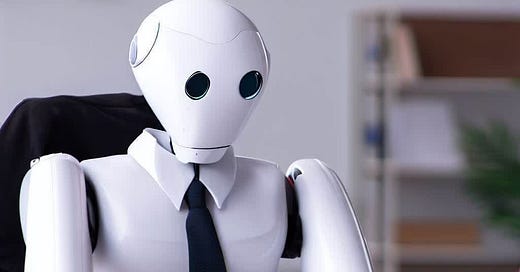The threat to white-collar jobs by artificial intelligence, ubiquitously known as AI, is starting to manifest itself, now in a decision announced last week by KPMG, one of the world’s Big Four accounting firms, to lay off 4 percent of its US audit staff, or 330 employees. That follows a statement by Ernst & Young, a second Big Four firm, that it would make 5 percent of its financial services workforce redundant, Deloitte, third in line, said it expects to cut around 800 jobs in the UK. Forrester's 2023 Generative AI Jobs Impact Forecast predicts the technology will replace 2.4 million jobs in the US by 2030 and influence 11 million more.
Most analyses of the impact on society say that, as automation has done on the work floor, AI is going to create far more jobs than it destroys. The problem is that, as with the work floor, the new jobs usually don’t go to the people who lost the old ones, which has generated enormous blue-collar bitterness, especially in the US, and played a major role in driving workers into the arms of politicians like Donald Trump, newly returned to the White House. McKinsey Global Institute estimates that as early as 2030, AI could contribute to the creation of 20 million to 50 million new jobs globally in a wide range of sectors, including healthcare, technology, finance, and more. But retraining, as they have found on the shop floor, is easier said than done, and too often those made redundant likely won’t work again, especially at an advanced age…




